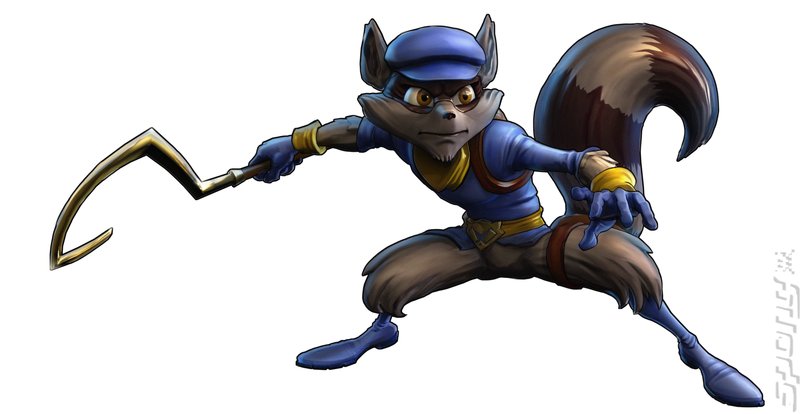I just thought this would be a cool discussion to have, especially since this community (at least the vets) are pretty diverse in terms of platform experience. Lots of different POVs to share, all that.
So, too many times have I been scouring the internet for some game I’m looking forward to, just to find some pixel counting tryhard rip it’s visuals apart for reasons that actually have very little to do with anything visual. You know, the “subhd=sux” crowd. A few hours ago, I was reading Polygon’s review of Halo 4. Of course, the counters were down there in the comments. I impulsively wall texted a reply, and then it hit me. What the fuck are good graphics? Yes, there was that whole thing about Graphics vs aesthetic from Penny Arcade: Extra Credits, but my question is a bit different than the typical one to which that could be considered an answer to.
Let me quote a bit of my diatribe.
That’s it really. Why, if it came out almost two decades ago, does the reveal of the secret flying level entrance in the first level of Spyro The Dragon more of a jaw drop moment for me than the collapsing building in Battlefield 3? Is it those god forsaken rose tinted glasses or me being desensitized by collapsing buildings because of the current generation of action movie tropes? Is it both? Do graphical restrictions that affect a game’s style actually inform that style? is that a bad thing?
plz discuss…

